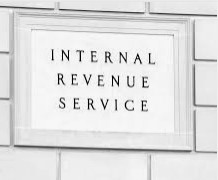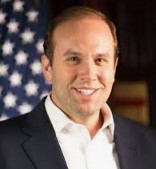
In case it is of interest to you, something I started doing in 2007 (same year I started this blog) was maintaining a website of tax reform hearings of the 110th Congress and have done so through today finally getting a webpage for the 118th Congress (which started in January 2023) posted today. I use the term “tax reform” broadly here as just about any tax hearing, even the typical April ones to debrief about the filing season can lead to reforms.
The website for the 118th Congress with links back to 110th is here – https://www.sjsu.edu/people/annette.nellen/website/118th-hearings.htm
Unfortunately, some older links on some of the pages are broken because the URLs were changed perhaps due to website redesigns or change in controlling party of the committees. But if you do a web search using the name of the committee, hearing and year, you likely will find the information.
Of interest for the 118th Congress so far is one on the child tax credit which was created in 1997 and its expansion continues to be debated along with other possible tax changes, perhaps as part of appropriation bills. There are also a few on international tax reform.
I started doing this because in my teaching, research and writing on tax policy and reform, I often find interesting items and ideas in the testimony as well as just viewing the topics covered. Having the website with the tax hearings all in one place is helpful – and I’m glad to share.
What do you think? Professor Annette Nellen





























Recent Comments